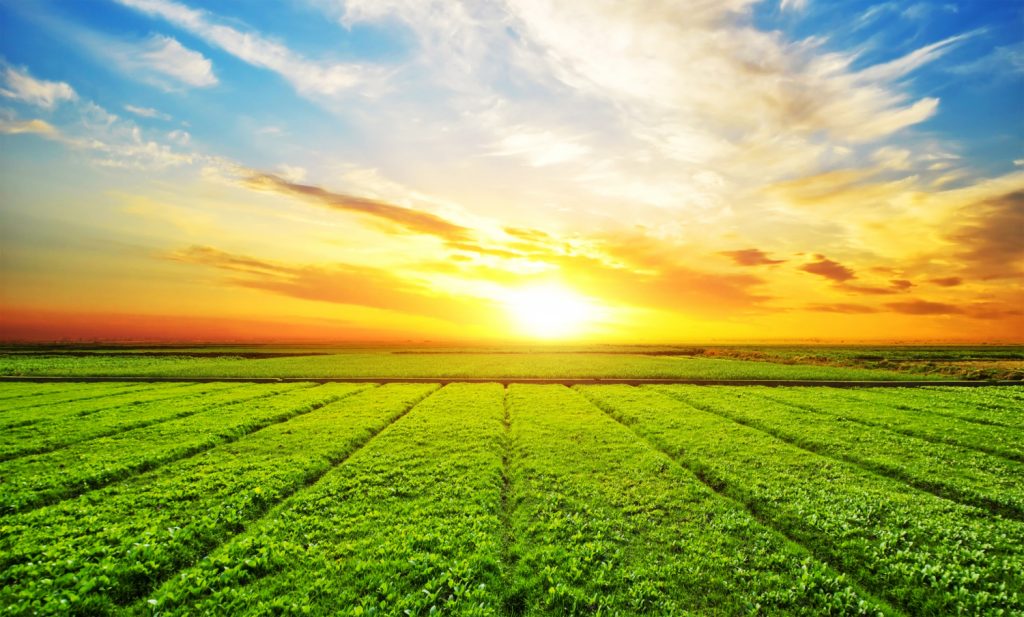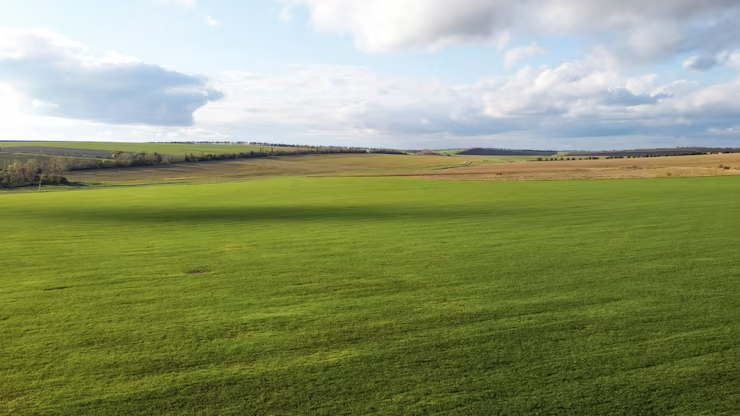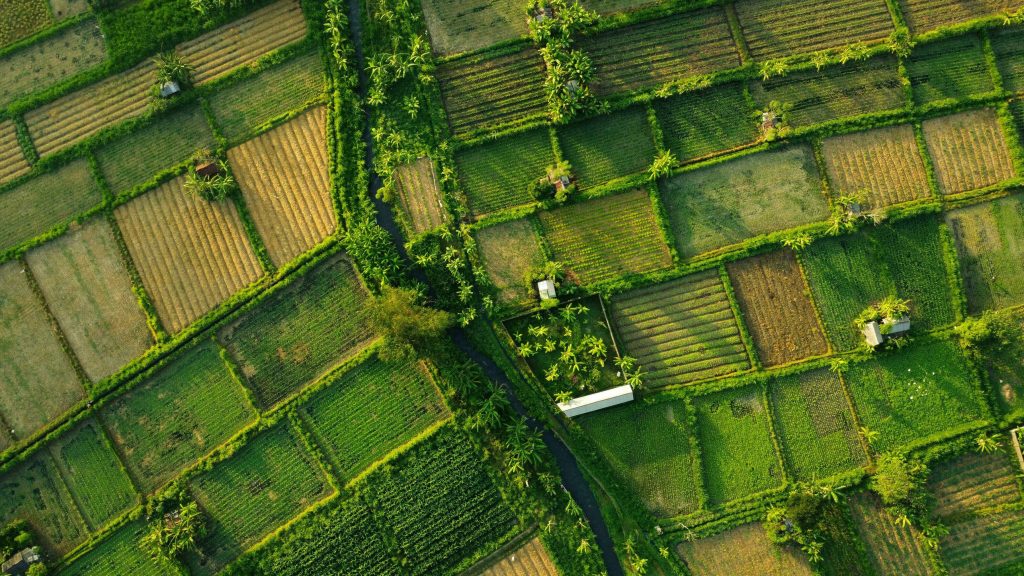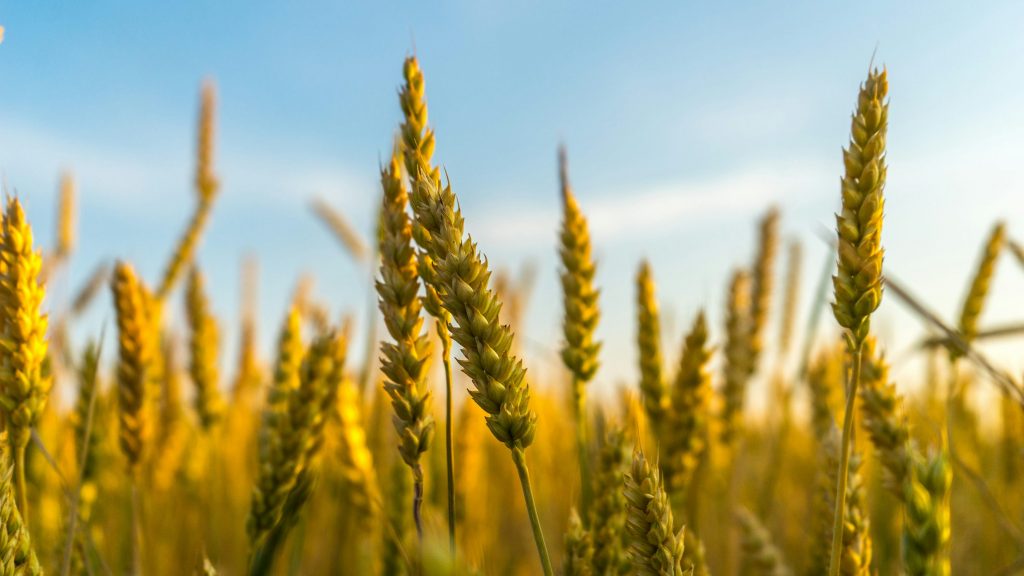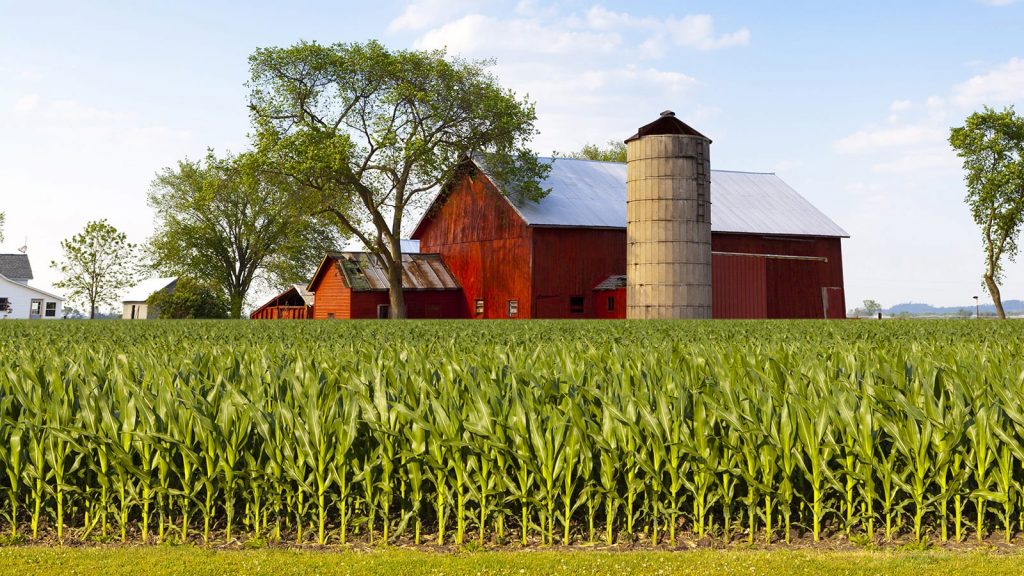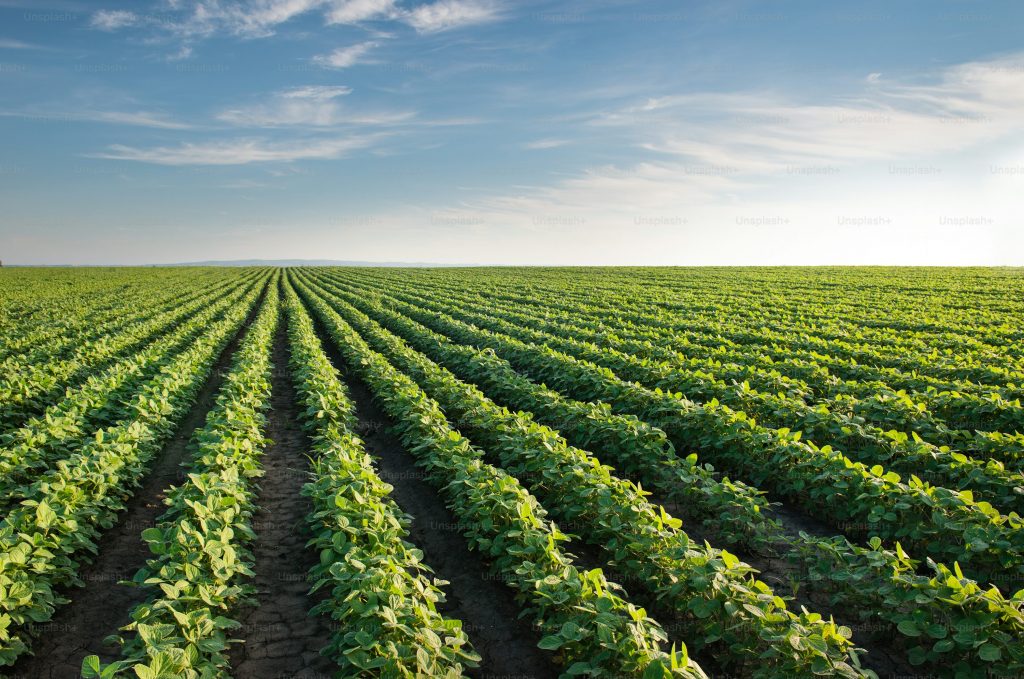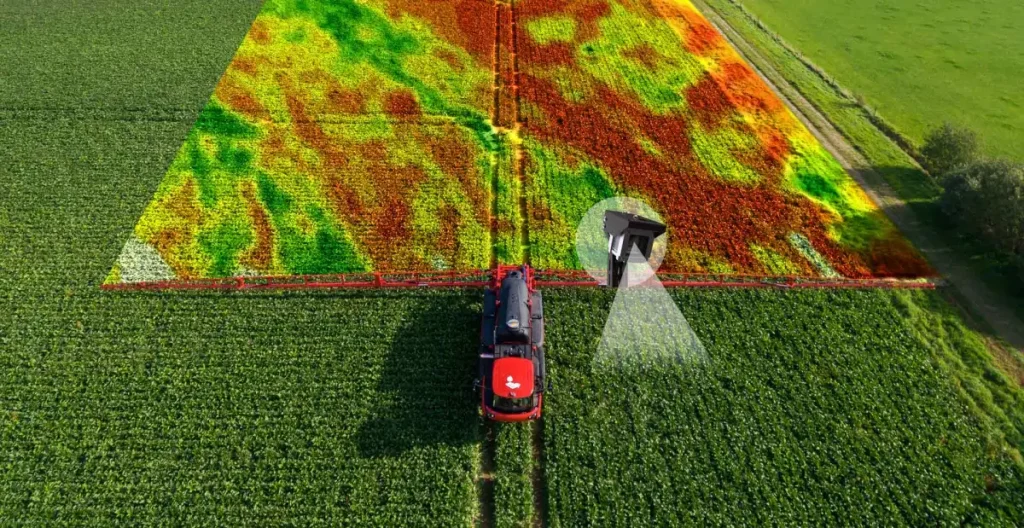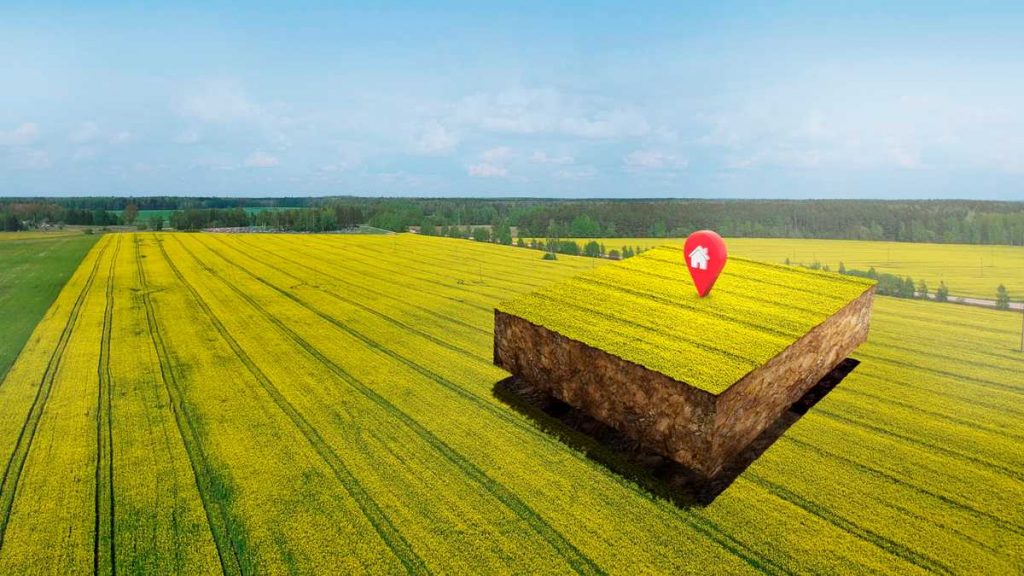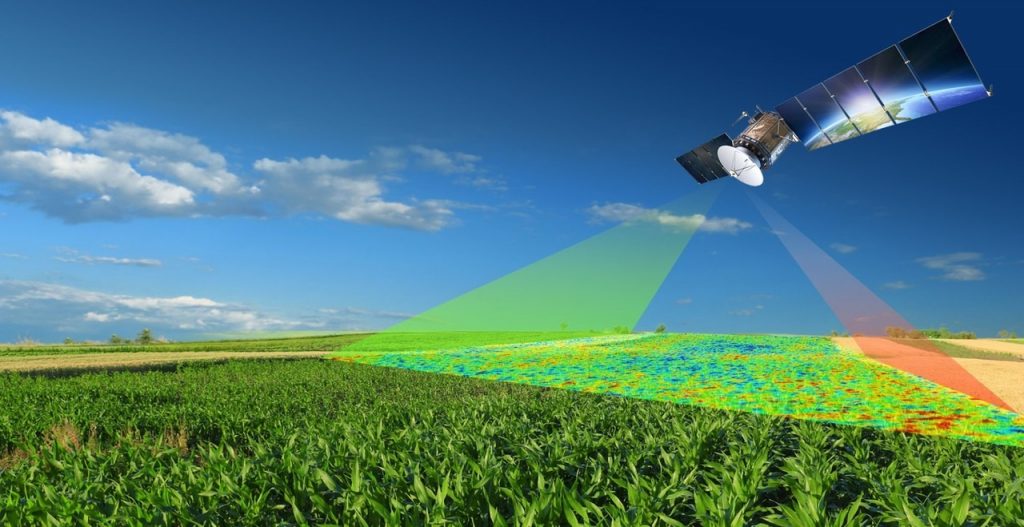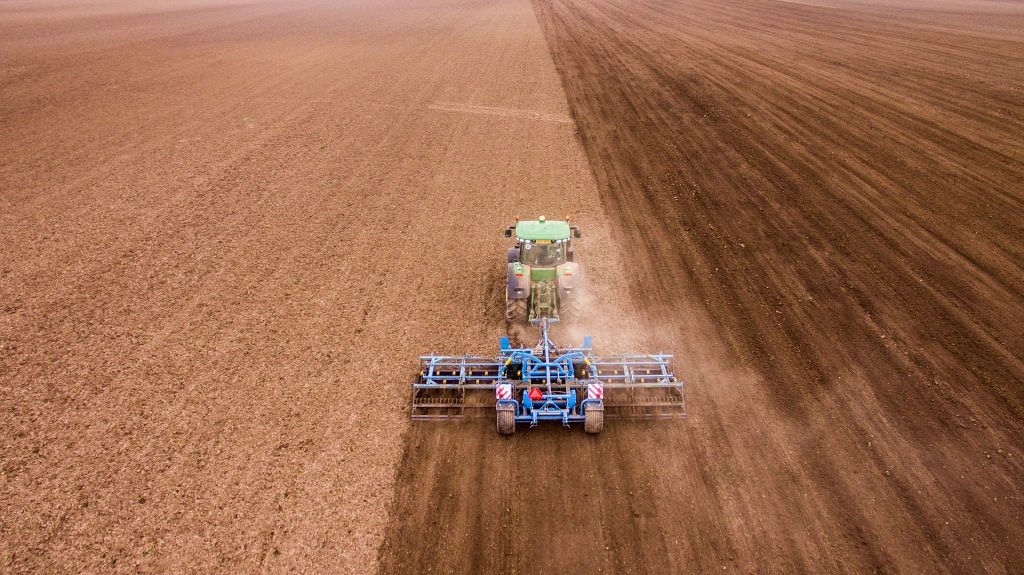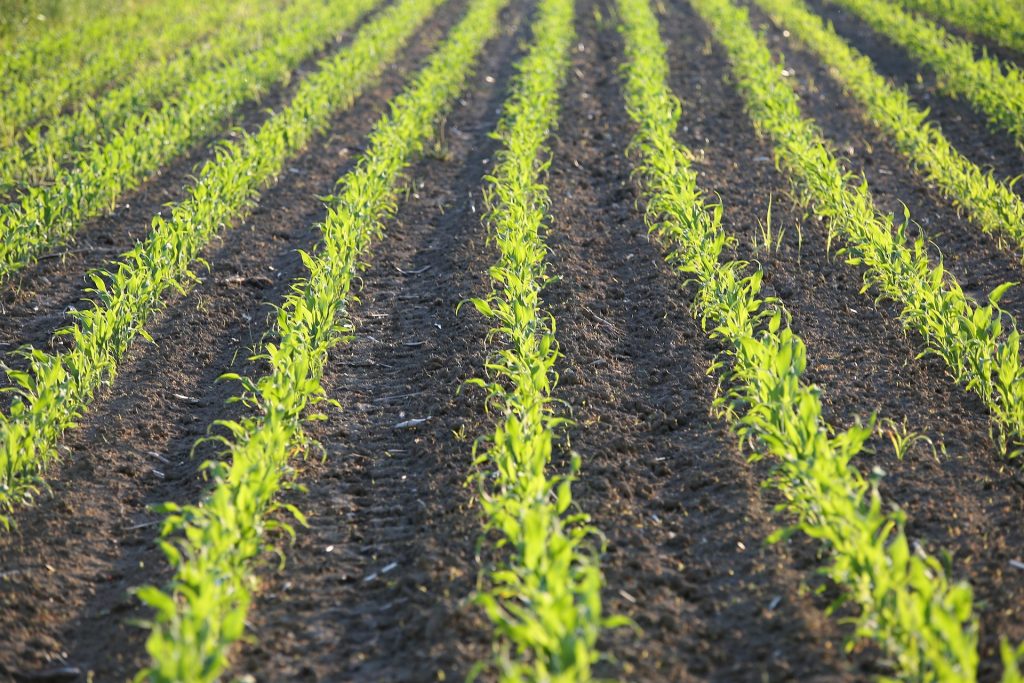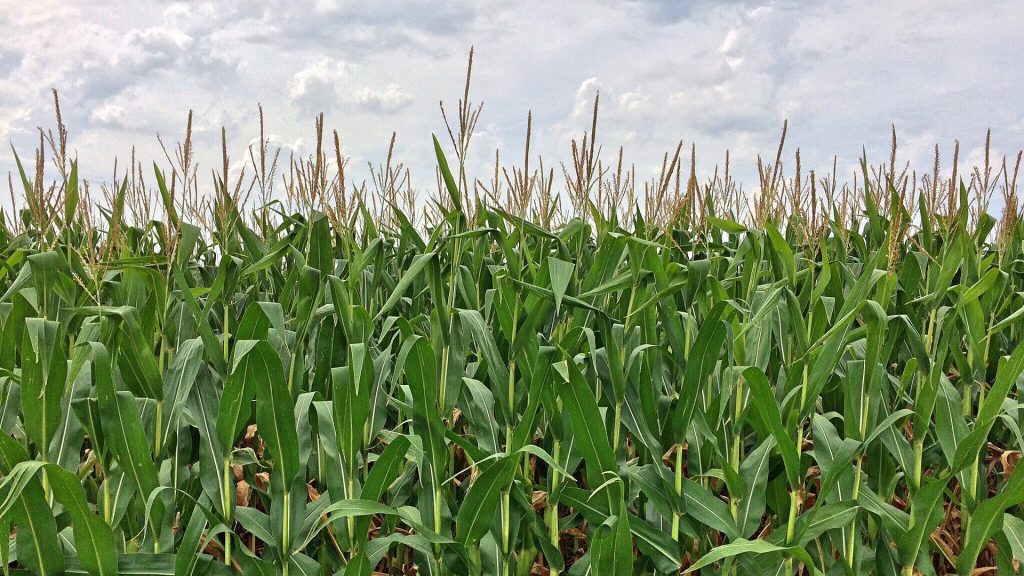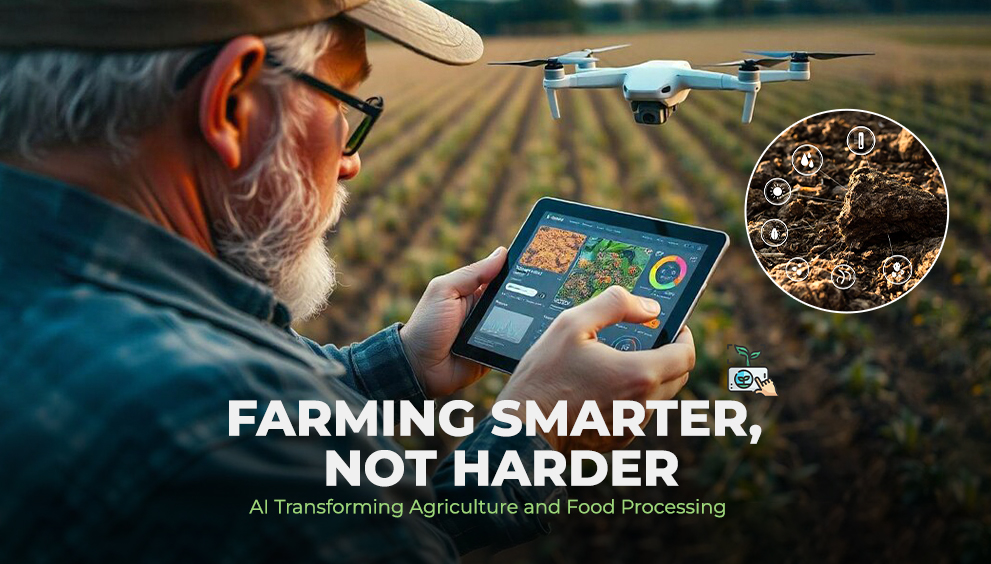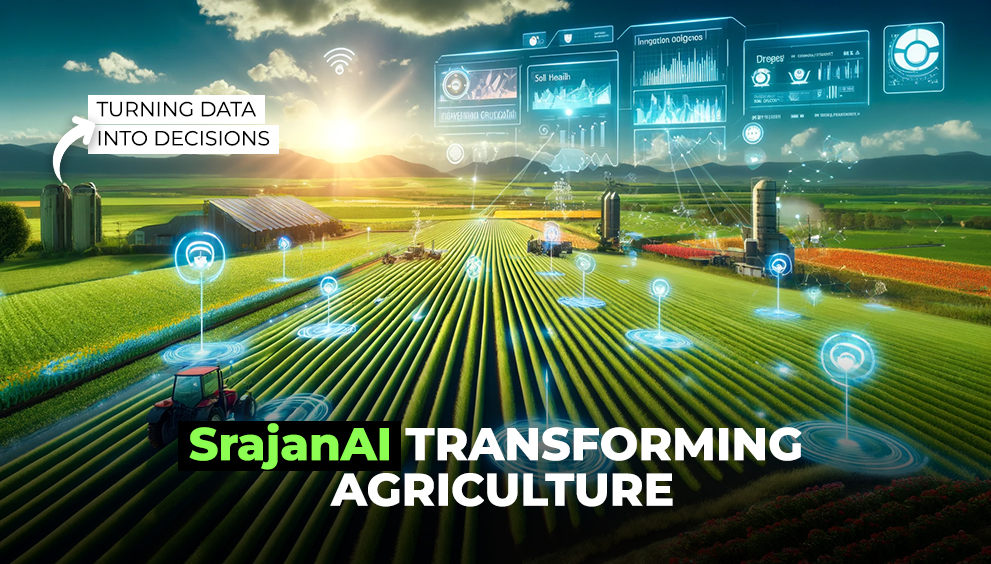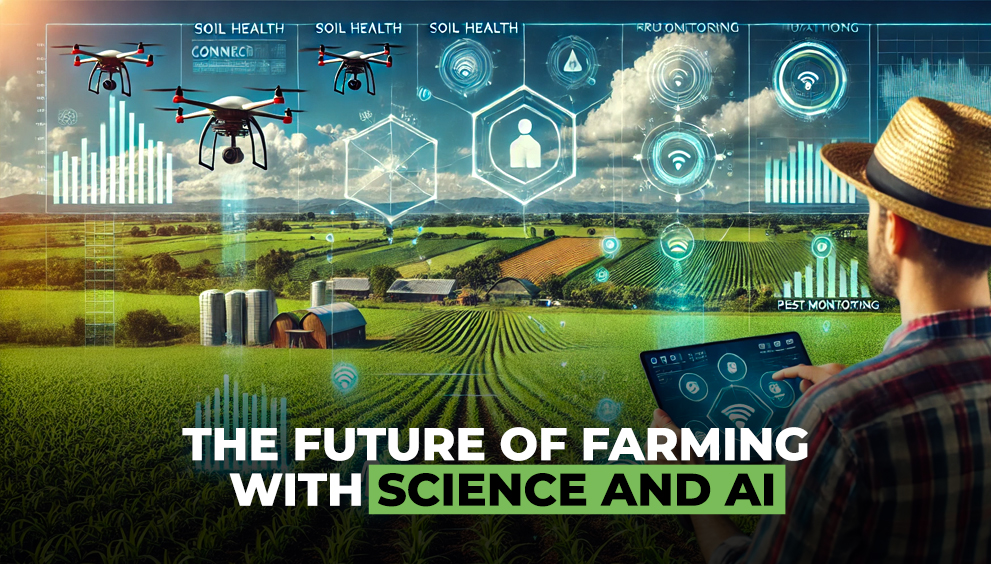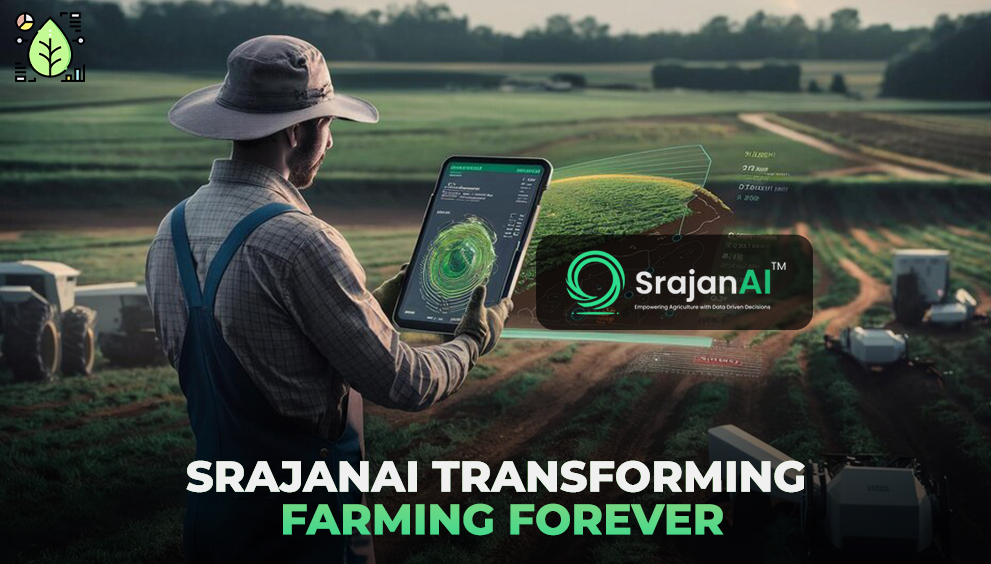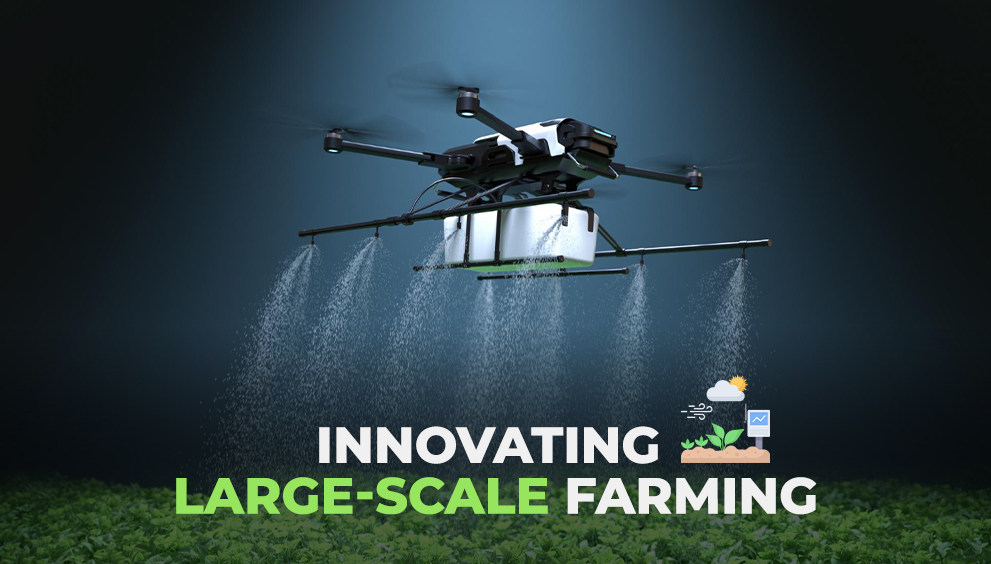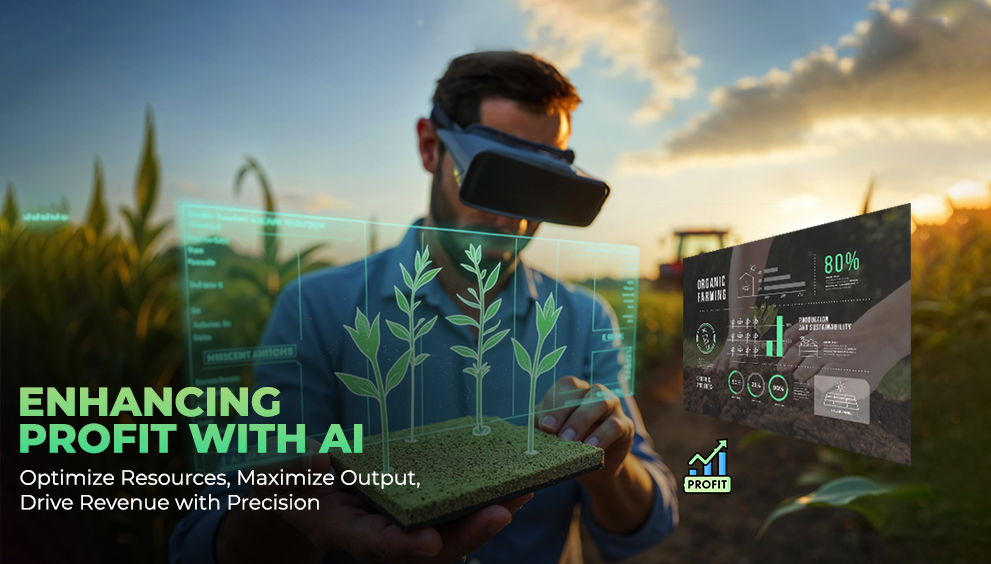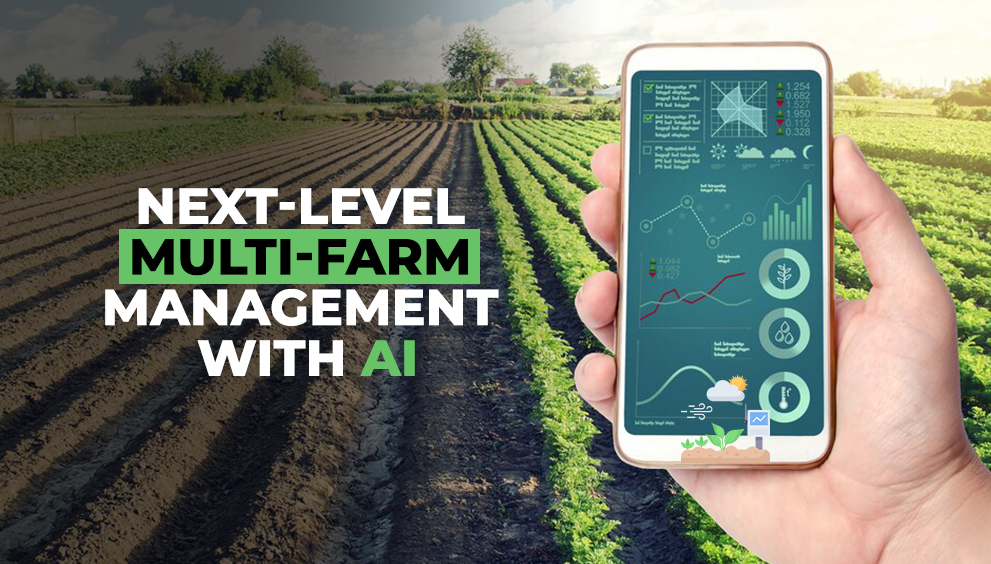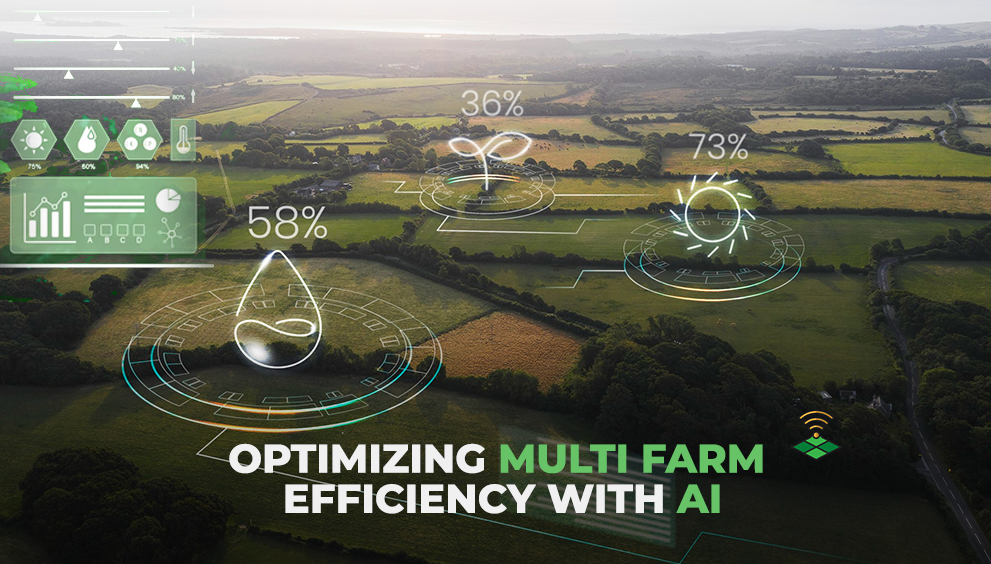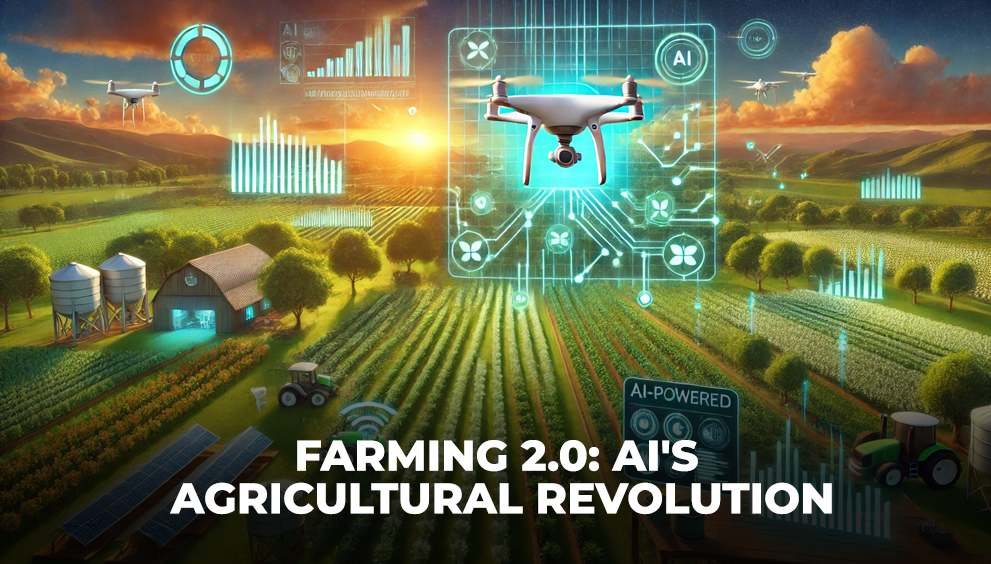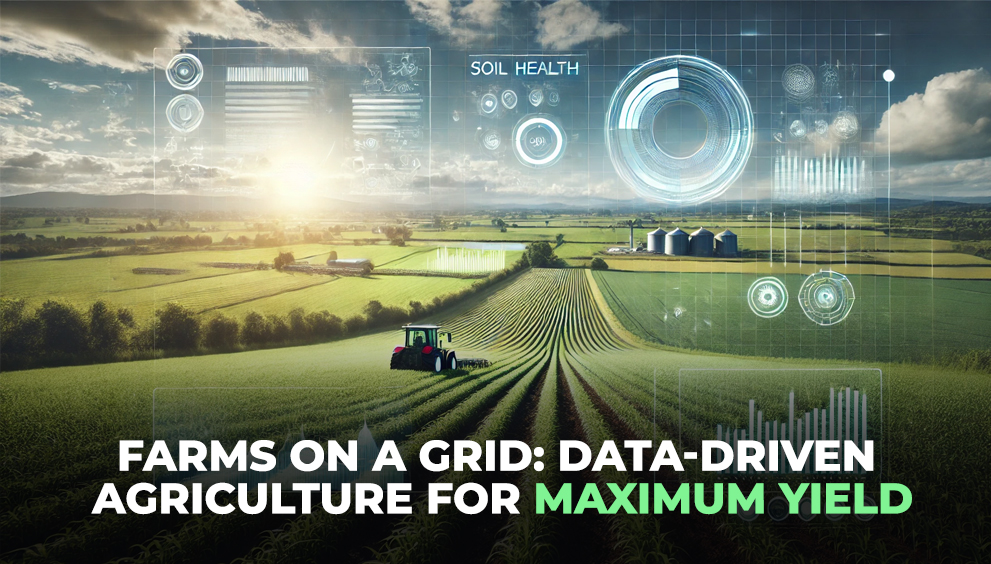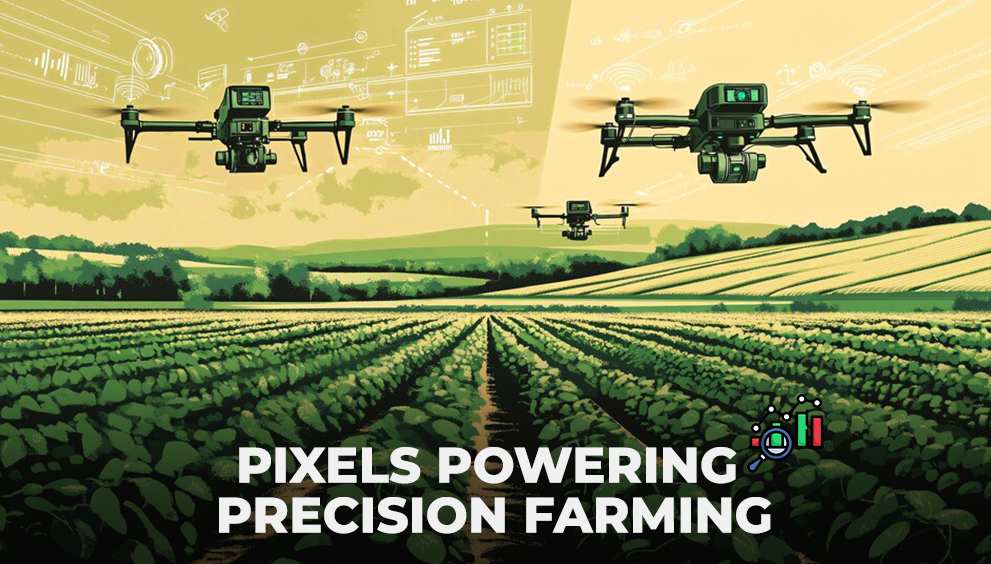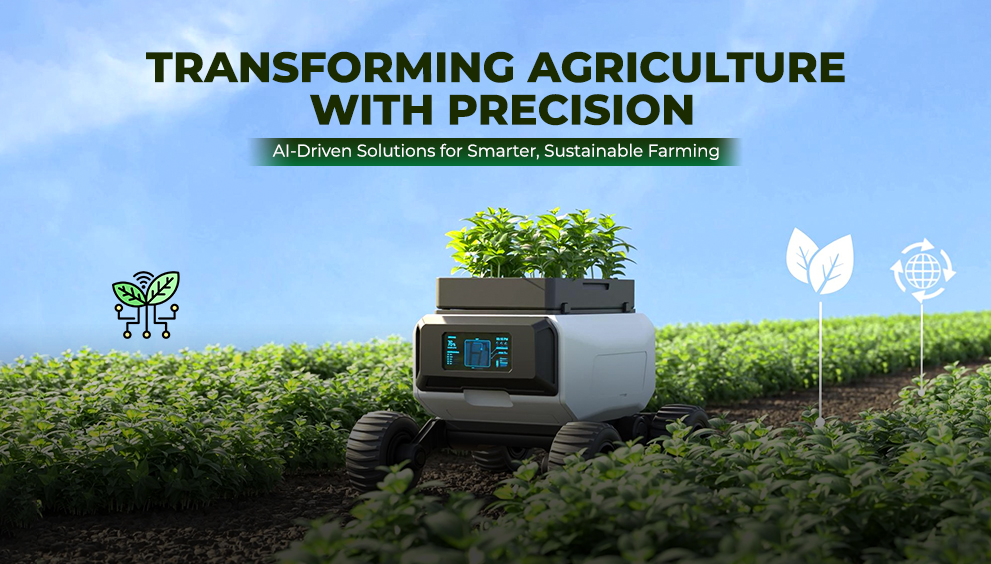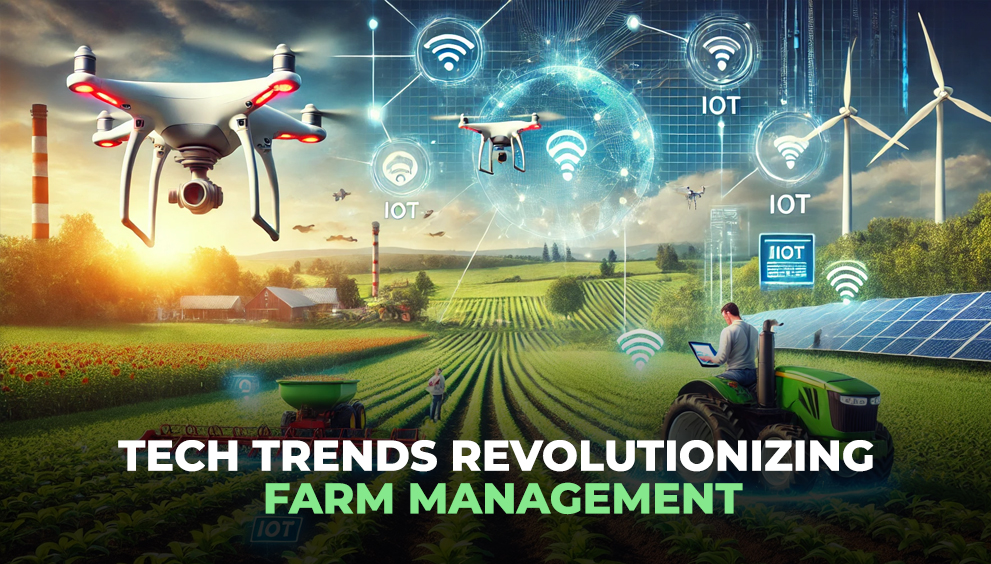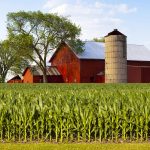A Complete Guide for Large-Scale Agriculture
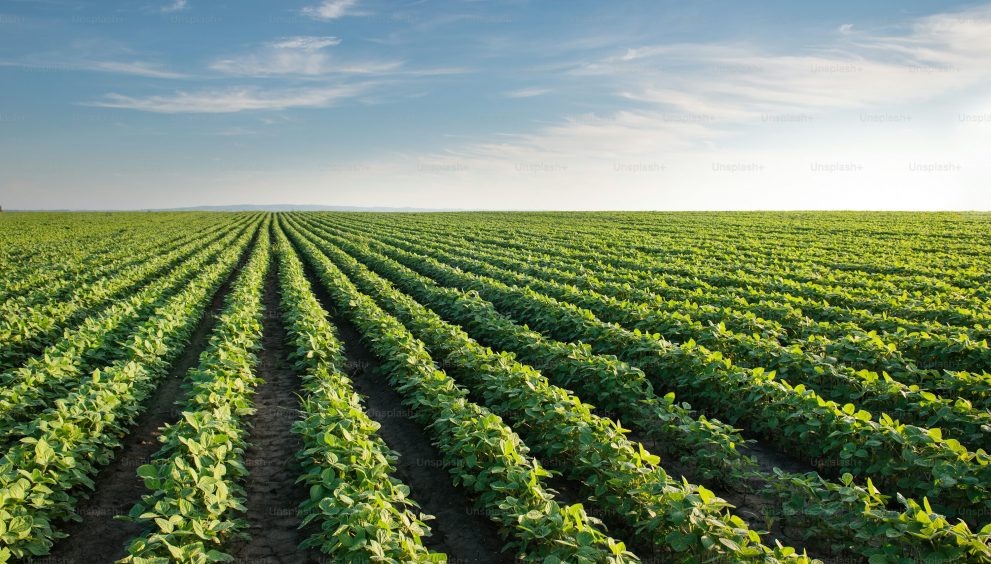
Large-scale agriculture isn’t just about managing more land—it’s about managing more complexity. With operations spanning hundreds or thousands of acres, agri-enterprises face growing challenges around crop variability, resource optimization, weather unpredictability, and consistent output quality. Modern technology, particularly AI, remote sensing, and predictive analytics, is helping solve these problems at scale.
Here’s a comprehensive guide to understanding and succeeding in large-scale agriculture.
What Is Large-Scale Agriculture?
Large-scale agriculture involves extensive land use, mechanized operations, and standardized processes to grow crops or manage livestock efficiently. It typically serves food processors, exporters, or government procurement programs, where volume, consistency, and traceability are essential.
Unlike small farms, large agricultural operations deal with:
- Multiple crop cycles
- Diverse agro-climatic zones
- High input and output volumes
- Complex logistics and workforce management
To operate efficiently, large-scale farming must shift from manual practices to data-backed, tech-enabled systems.
Why Traditional Approaches Fall Short at Scale
Managing large tracts with traditional methods often leads to:
- Blind spots in crop health
Scouting a few sample plots doesn’t reflect the condition of the entire acreage. - Delayed issue detection
Pests, diseases, and nutrient deficiencies may go unnoticed until significant damage is done. - Inconsistent yield and quality
Micro-variations in soil, irrigation, and weather cause unpredictable outcomes. - High operational inefficiencies
Labor, input use, and irrigation are often not optimized across different regions.
Technology-Driven Solutions for Scalable Agriculture
To address these challenges, agribusinesses are adopting precision farming technologies that allow for centralized, real-time, and site-specific management.
1. Remote Sensing and Satellite Monitoring
- Get regular satellite imagery of entire farms
- Monitor vegetation indices like NDVI and NDRE to detect crop stress early
- Track growth stages, water stress, or pest-prone zones at scale
2. AI-Powered Crop Health Monitoring
- Automate health scoring using multi-spectral imagery and weather data
- Identify disease symptoms before they are visible to the eye
- Receive alerts for intervention and input application
3. Yield Prediction and Forecasting
- Use past performance, weather trends, and crop health to predict output
- Make accurate procurement or sales decisions before harvest
- Support contract farming, supply chain planning, and policy compliance
4. GIS-Based Land Intelligence
- Map and manage farm boundaries accurately
- Understand spatial variations in soil type, moisture, and terrain
- Customize monitoring strategies per region or field section
5. Centralized Dashboards and Alerts
- Monitor multiple farms across states or countries through one unified dashboard
- Set thresholds for health scores, rainfall, or soil moisture
- Generate reports to support audits, sustainability, or ESG goals
Benefits of Going Digital at Scale
Adopting digital platforms for large-scale agriculture leads to:
- Higher yields through timely interventions
- Lower input costs with optimized irrigation and fertilization
- Reduced crop loss from proactive disease and pest detection
- Better traceability for premium markets and export compliance
- Improved sustainability through data-backed resource use
What to Look for in a Scalable Agri Monitoring Platform
If you’re considering a tech solution for large-scale monitoring, ensure it offers:
- Easy farm onboarding (manual + AI-assisted mapping)
- Support for multiple indices (NDVI, NDRE, SAVI, LST, etc.)
- Custom monitoring models for different crops or regions
- Actionable insights rather than just raw data
- Scalable architecture for 100s or 1000s of farms
Final Thoughts
Large-scale agriculture is no longer about just managing land—it’s about managing information, risk, and timing. Technologies like AI, satellite monitoring, GIS, and predictive analytics are essential to stay efficient and profitable.
Whether you’re managing 500 acres or 50,000, the key to success lies in embracing tools that give you complete visibility, timely insights, and control at scale. Investing in the right agri-intelligence platform can turn complexity into clarity—and acres into outcomes.


